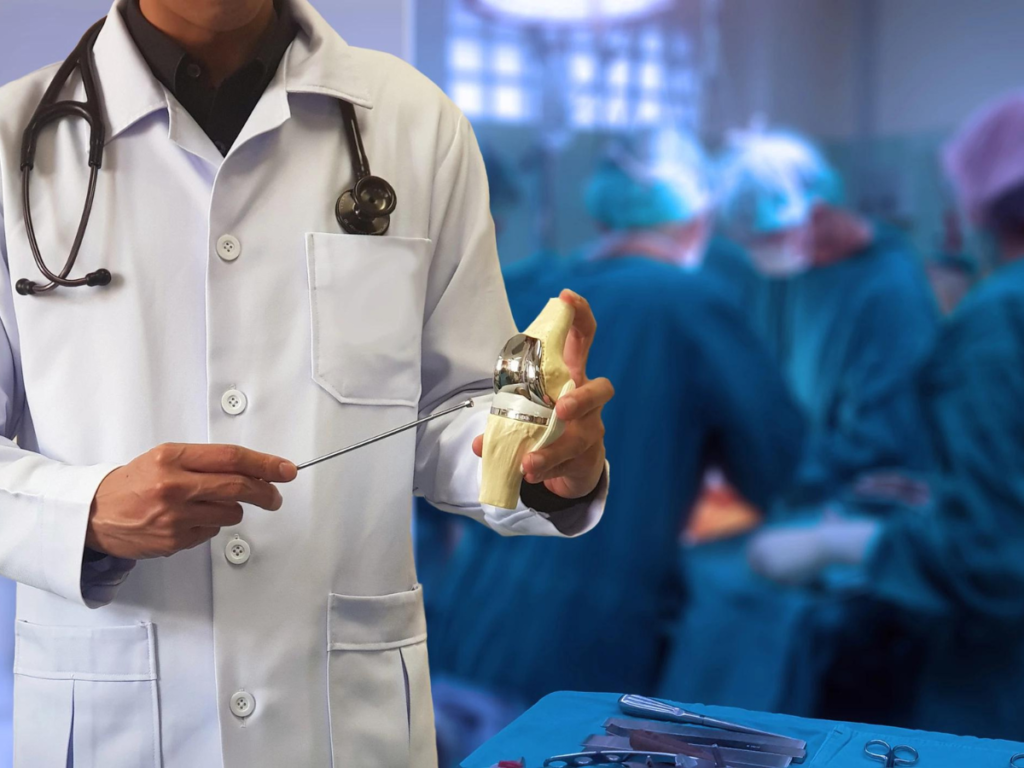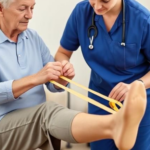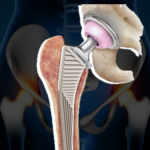
In recent years, advancements in medical technology have revolutionized the field of orthopedics, particularly in the realm of knee replacements. One of the most significant breakthroughs is the introduction of robotic-assisted knee replacement surgery. This innovative approach offers numerous advantages for patients, enhancing precision and outcomes in ways that traditional methods often struggle to achieve. At the forefront of this transformative technology is Helios OrthoJoint, located in Pimpri Chinchwad, Pune, renowned as the best orthopedic hospital in the region.
Precision in Planning and Execution:
Robotic knee replacement surgery provides unparalleled precision in both the preoperative planning phase and the actual execution of the procedure. Through advanced imaging and 3D mapping, surgeons can create a highly personalized surgical plan tailored to the patient’s unique anatomy. This level of precision translates into more accurate implant placement, potentially leading to better long-term outcomes and increased longevity of the artificial joint.
Customized Approach for Individual Patients:
Every patient’s knee joint is unique, and a one-size-fits-all approach doesn’t always yield optimal results. Robotic-assisted surgery allows for a more customized approach, taking into account factors such as bone structure, ligament tension, and joint alignment. This tailored approach can contribute to improved functionality and a more natural-feeling knee post-surgery.
Minimized Tissue Damage:
One of the challenges with traditional knee replacement surgeries is the potential for soft tissue damage during the procedure. Robotic assistance allows surgeons to make smaller incisions and navigate through tissues with greater precision, resulting in minimized trauma to the surrounding muscles and ligaments. This can lead to faster recovery times, reduced pain, and improved overall patient satisfaction.
Real-Time Feedback for Surgeons:
Throughout the surgical procedure, the robotic system continuously offers immediate feedback to the surgeon. This allows for immediate adjustments, ensuring that the planned procedure aligns seamlessly with the patient’s actual anatomy. The ability to make these adjustments on the fly contributes to the precision and accuracy of the surgery, further enhancing its overall success.
Faster Recovery and Rehabilitation:
Patients undergoing robotic knee replacement surgery often experience faster recovery times compared to traditional methods. The reduced tissue damage, smaller incisions, and more accurate implant placement contribute to quicker healing and rehabilitation. This means patients can return to their daily activities sooner, enjoying an improved quality of life without prolonged downtime.
Reduced Risk of Complications:
The precision and customization afforded by robotic-assisted knee replacement surgery also contribute to a reduced risk of complications. By minimizing errors in implant placement and soft tissue handling, surgeons can mitigate potential issues such as instability, implant wear, and joint stiffness. This ultimately enhances the overall safety and reliability of the procedure.
Conclusion:
Helios OrthoJoint emerges as a beacon of excellence in orthopedic care, showcasing the transformative benefits of robotic knee replacement surgery. Dr. Saurabh Giri’s expertise, combined with cutting-edge technology, positions the hospital as the premier destination for those seeking the highest standard of care in Pimpri Chinchwad, Pune. With a commitment to personalized treatment, minimized tissue damage, and reduced risk of complications, Helios OrthoJoint stands as a testament to the future of orthopedics—a future marked by precision, individualized care, and unparalleled patient outcomes. Choose Helios OrthoJoint for a revolutionary approach to robotic knee replacement surgery, setting a new benchmark in orthopedic excellence.




